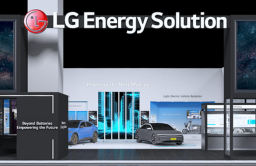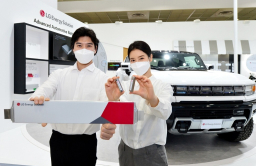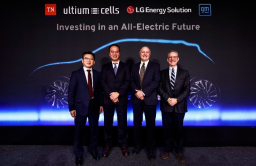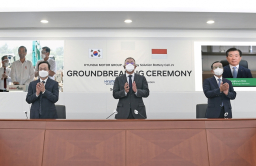-
KOSPI 2770.84 +71.87 +2.66%
-
KOSDAQ 750.21 +9.92 +1.34%
-
KOSPI200 369.90 +10.21 +2.84%
-
USD/KRW 1376 -1.00 0.07%
LG Energy leaves 2024 capex unchanged despite softer demand
Earnings
LG Energy leaves 2024 capex unchanged despite softer demand
Korea’s top EV battery maker plans to spend about the same amount as last year’s 11 trillion won in capex
By
Jan 26, 2024 (Gmt+09:00)
3
Min read
News+
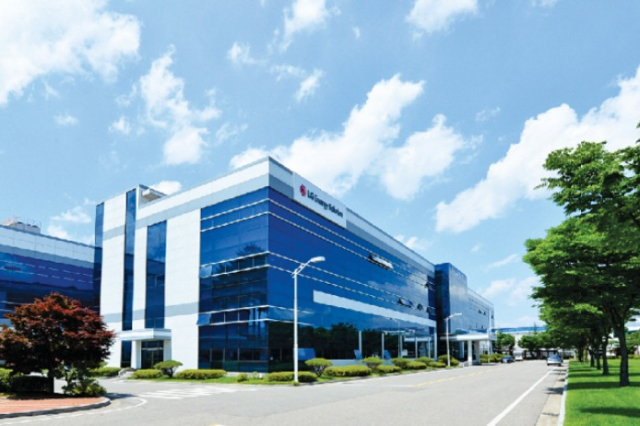
LG Energy Solution Ltd. will break through the anticipated slowdown in global electric vehicle demand this year with enhanced technology leadership and keep capital expenditure on a similar level to last year’s 11 trillion won ($8.2 billion).
South Korea’s top EV battery supplier expects its sales for 2024 will increase by mid-single digit percent from the prior year, according to its regulatory filing on Friday.
Its earnings in the first three months of this year are expected to take a hit from weakening battery demand due to a slowdown in EV demand, which is forecast to grow in the mid-20% range, snapping its over 30% growth streak in the past years, Lee Chang-sil, LG Energy Solution’s executive vice president and chief financial officer, said during an earnings conference call on the same day.
But he said the company forecasts battery demand would start to recover in the second quarter on generous EV subsidies from the US Inflation Reduction Act (IRA) and the launch of new EV models by its customers.
Accordingly, LG Energy Solution has no plan to back down from planned facility investment this year but will amend investment plans based on the market condition and customers’ demand in a flexible manner, Lee said.
The global No. 2 EV battery supplier plans to spend a similar amount to last year’s capex of 10.9 trillion won this year mostly on new manufacturing facilities due to open this year and next year in phases.
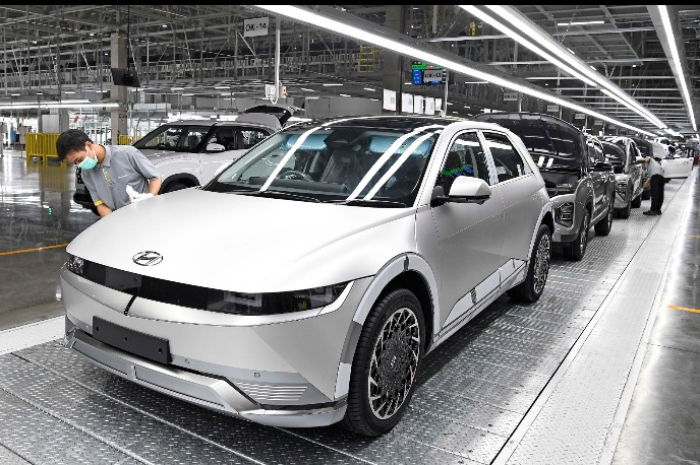
Lee said LG Energy Solution will prepare mass-production at its two manufacturing joint venture factories with General Motors Co. and another JV factory with Hyundai Motor Co. in Indonesia this year as planned.
It has no plan to scrap other future JV projects with GM, Stellantis N.V. and Honda Motor Co. for now.
LG Energy Solution projected that the global EV market will regain growth momentum in the latter half of 2025 on the back of an improvement in EV productivity, an increase in luxury EV models with better price competitiveness and the expansion of global charging infrastructure.
NOT TOO DISMAL
While it is inevitable to face the overall slowdown in EV and battery demand through this year, LG Energy Solution expects a drop in EV prices and the release of more affordable EV models would eventually revive consumers’ EV demand, which would bode well for battery demand.
In preparation for the recovery in EV demand, LG Energy Solution plans to further enhance its technology leadership.
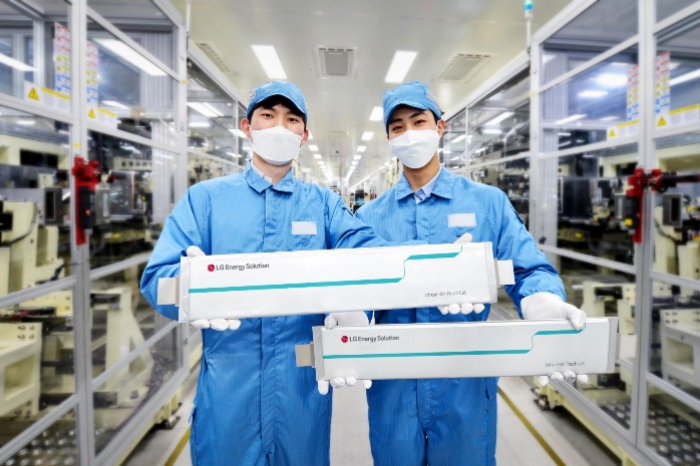
It will advance the quality of high-nickel, nickel-cobalt-manganese-aluminum (NMCA) batteries for premium EVs and speed up the development of high-voltage mid-nickel NCM and lithium iron phosphate (LFP) batteries for more affordable EV models.
It also plans to mass-produce 46-Series small batteries in the second half of this year.
The company plans to focus on qualitative growth and improve competitiveness by expanding direct material procurement arrangements and increasing supply chain investments.
RECORD EARNINGS FOR 2023
Earlier Friday, LG Energy Solution confirmed that it raked in 338.2 billion won in operating profit in the last three months of 2023 on sales of 8 trillion won.
The company reaped a record-high annual operating profit of 2.1 trillion won in 2023, up 78% from the previous year.
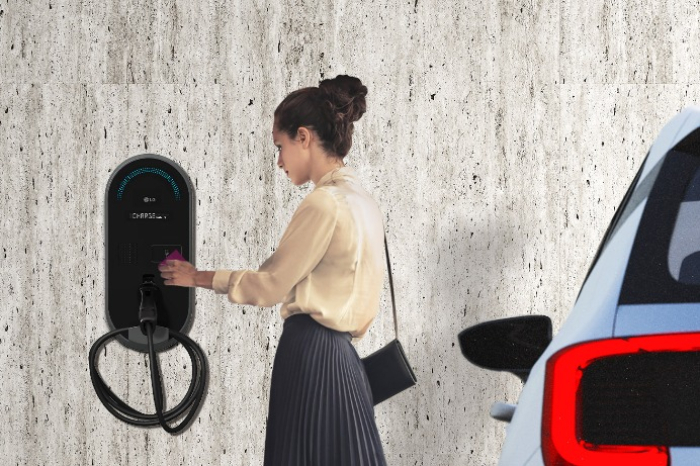
Net profit more than doubled last year to 1.6 trillion won on sales of 33.7 trillion won, up 32% on-year.
The company attributed the strong growth to solid demand in North America and benefits from the US IRA subsidies.
The company estimated it would enjoy 45-to-50 gigawatt hours (GWh) worth of tax credits for manufacturing its battery modules in North America this year.
Under the AMPC program, eligible battery makers can receive tax benefits, including a $35 tax credit per 1 kilowatt-hour produced by a battery cell and a $10 tax credit per 1 kWh battery module manufactured in North America.
LG Energy Solution shares ended up 3.5% at 381,000 won on Friday.
Write to Woo-Sub Kim at duter@hankyung.com
Sookyung Seo edited this article.
More To Read
-
Jan 09, 2024 (Gmt+09:00)
-
Oct 25, 2023 (Gmt+09:00)
-
Dec 04, 2022 (Gmt+09:00)
-
Sep 15, 2021 (Gmt+09:00)


